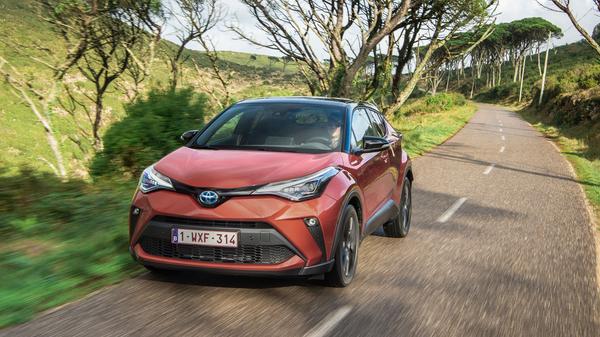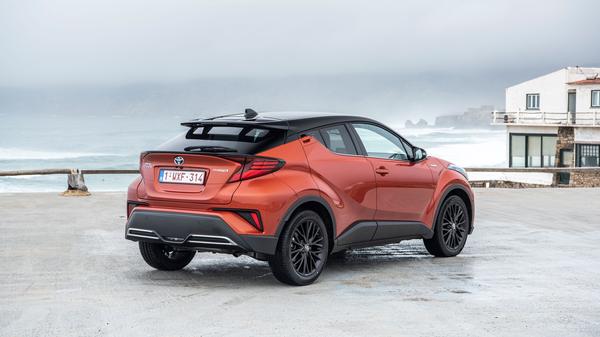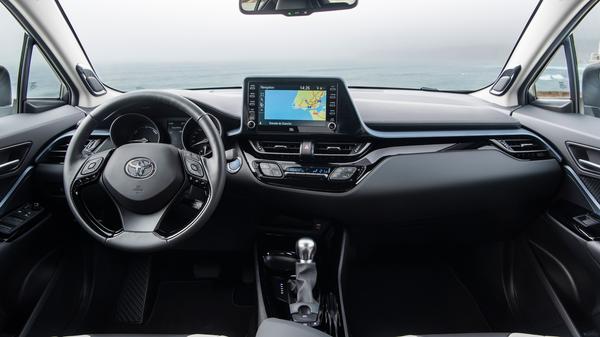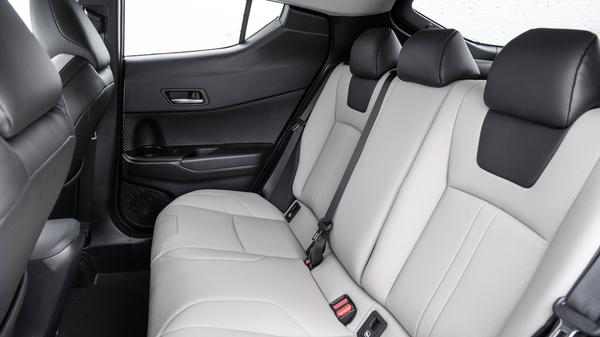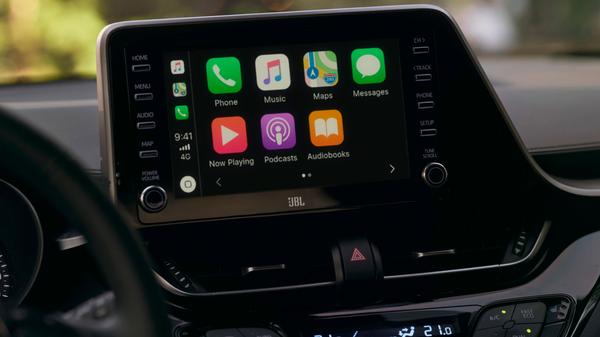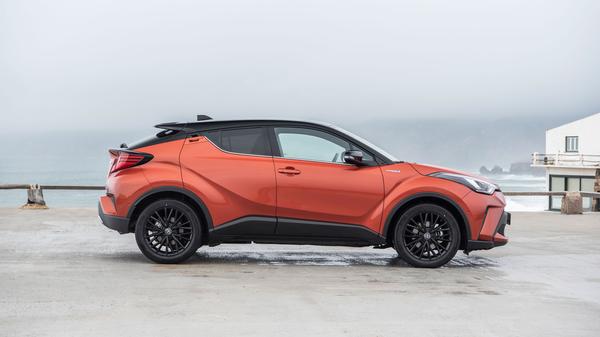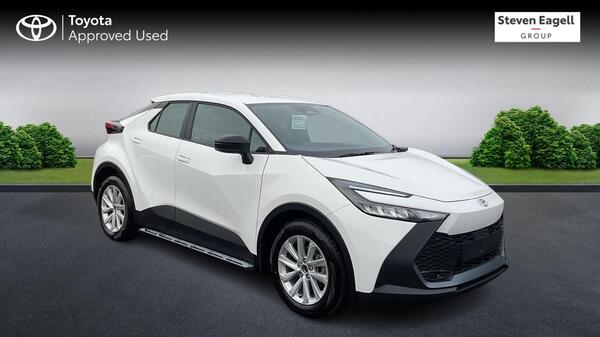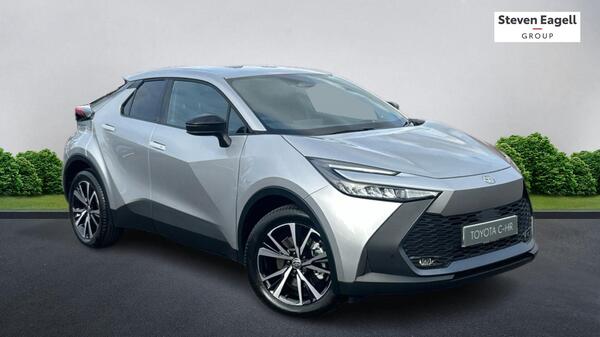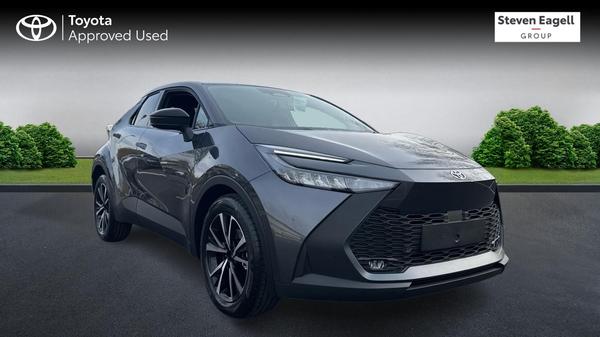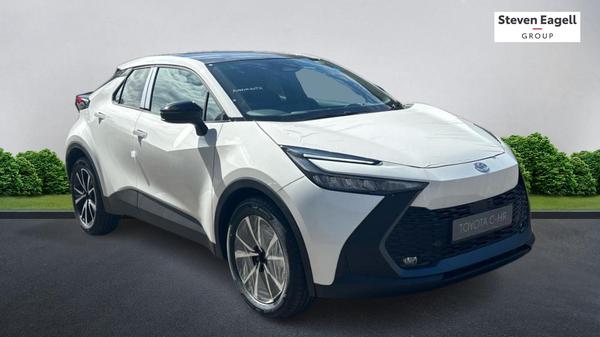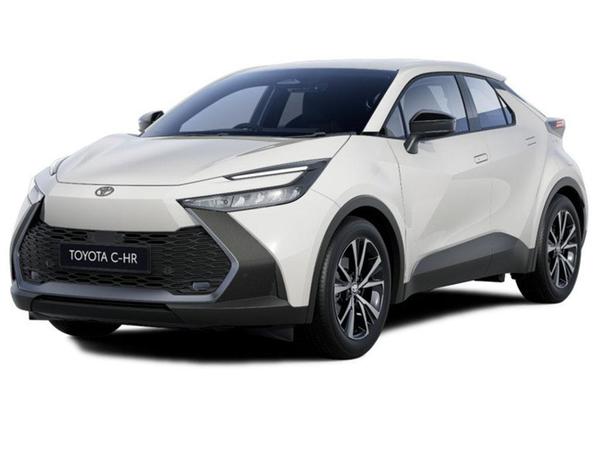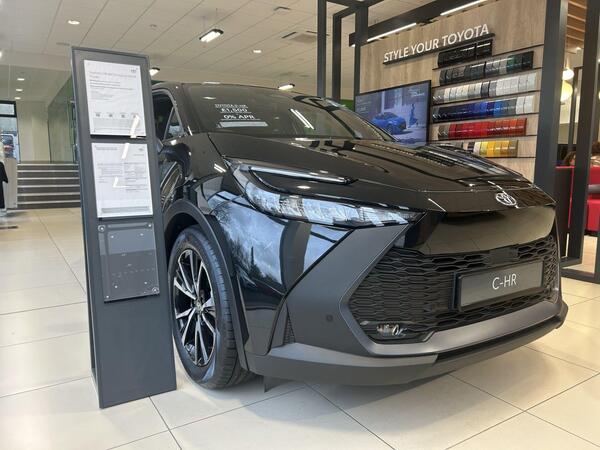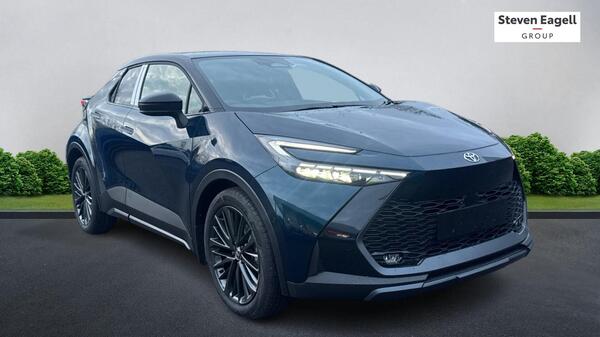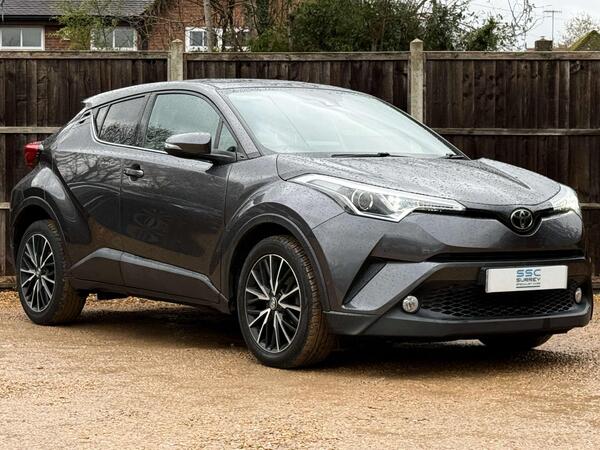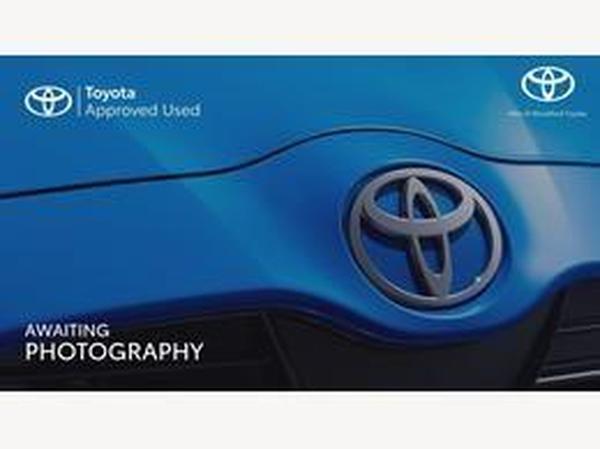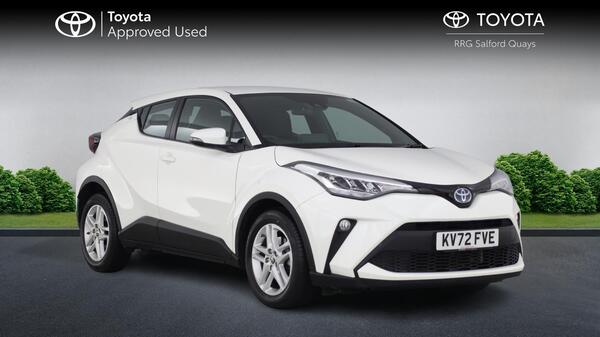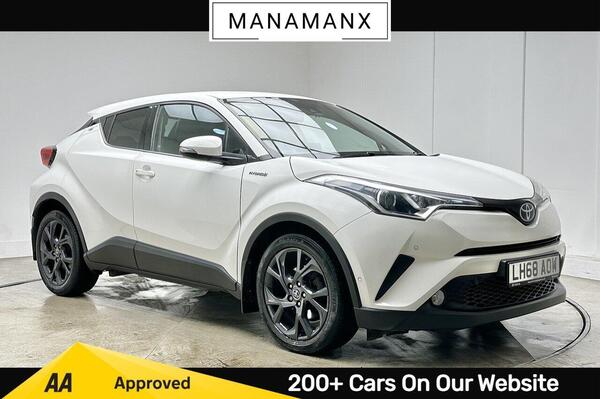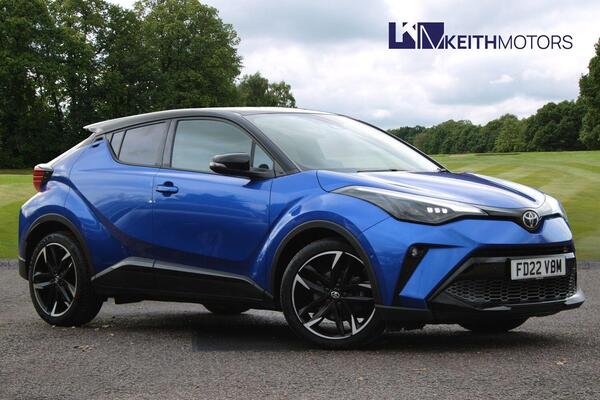The interior of this facelifted Toyota C-HR is hardly changed from the previous model, launched in 2016. A few bits of plastic have been upgraded, and although a couple of plastics on the door switch surrounds feel a bit cheap and flimsy, the overall effect is still of a very solidly built car.
The design remains as striking and modern as ever, with a dominant touchscreen in the centre of the dash to operate the infotainment system. This is upgraded from earlier models, and while we still find it rather confusing to navigate, and slow to respond, the big change is the addition of
Android Auto and Apple CarPlay as standard on all models. This means you can bypass Toyota’s system entirely and run entertainment, sat-nav etc off your smartphone.
The seats are comfortable, although we wish they adjusted lower, and that the steering column had more adjustment in and out. Visibility is a bit limited, too: that striking exterior design means that the big rear pillars get in your way when trying to look out of the back of the car. They also make the back seats quite dark and restrict visibility for kids. Space is reasonable, though, with enough room for two tall adults to sit in comfort, and three should fit in at a squeeze. The boot, at 377 litres, is small compared to rivals like the Skoda Karoq,
Nissan Qashqai or
Peugeot 3008, and there’s a big lip to haul luggage over. While the rear seats fold down there’s a big step in the floor, rather than a flat surface.
On the move, the Toyota C-HR impresses. A fine balance has been struck between comfort and handling, meaning that road surface imperfections are ironed out nicely, but the car still feels solid and capable through the corners. The steering has been tweaked on the new 2.0-litre model, and it maintains a crisp feel that gives at least an air of zing to the driving experience.
The pre-facelift version of the C-HR won the Best Car for City Drivers award sin the 2019 Auto Trader New Car Awards.
